



Algeria joins the BRICS-led New Development Bank (NDB), established in 2014 to fund infrastructure and sustainable development in emerging economies. Headquartered in Shanghai, the NDB, now with 10 members including Indonesia, challenges Western financial dominance, offering equal voting rights and focusing on climate finance and development goals.

Copyright infringement not intended
Picture Courtesy: TOI
Algeria officially joins the New Development Bank (NDB), a financial institution created by the BRICS countries.
BRICS is an intergovernmental organization comprising 10 countries: Brazil, Russia, India, China, South Africa, Egypt, Ethiopia, Iran, the United Arab Emirates, and Indonesia.
Originally formed in 2009 as BRIC (Brazil, Russia, India, China), the organization has evolved into a significant economic and political bloc representing emerging economies and challenging the traditional Western-dominated global order.
Timeline
2001 => Goldman Sachs economist Jim O'Neill coins the term "BRIC" to describe the four emerging economies with high growth potential.
2006 => First informal meeting of BRIC foreign ministers on the margins of the UN General Assembly.
2009 => First formal BRIC summit held in Yekaterinburg, Russia, marking the official formation of the group.
2010 => South Africa invited to join, transforming BRIC into BRICS.
2014 => BRICS New Development Bank (NDB) established with initial capital of $50 billion.
2015 => New Development Bank begins operations, headquartered in Shanghai.
2024 => Expansion with five new members: Egypt, Ethiopia, Iran, UAE, and initially Saudi Arabia (which later declined).
January 2025 => Indonesia formally become the first Southeast Asian nation to join the bloc.
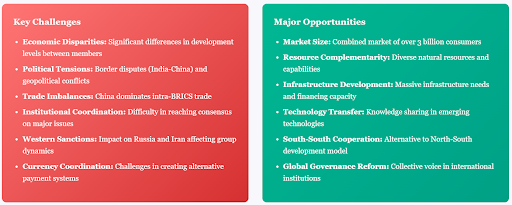
It is a multilateral development bank established by the BRICS nations (Brazil, Russia, India, China, and South Africa) in 2014.
Operating since 2015, the NDB serves as an alternative to traditional Western-dominated financial institutions like the World Bank and International Monetary Fund.
The bank focuses on financing infrastructure and sustainable development projects in emerging economies.
Development
2014 => Fortaleza Declaration: BRICS leaders signed the agreement establishing the New Development Bank during the 6th BRICS Summit in Fortaleza, Brazil. The bank was conceived as an alternative to existing multilateral financial institutions.
2015 => Bank Becomes Operational: The NDB officially commenced operations with the appointment of its first President, K.V. Kamath from India, and established its headquarters in Shanghai, China.
2016 => First Loans Approved: The bank approved its first set of loans totaling $811 million for renewable energy projects in Brazil, China, India, and South Africa.
2021 => Expansion Phase: NDB welcomed its first new members - Bangladesh, UAE, Uruguay, and Egypt, expanding beyond the original BRICS nations.
2023-2024 => Recent Developments: Continued expansion with new member applications and increased focus on climate finance and sustainable development goals.
Governance Framework
Objectives
The NDB was established with the fundamental mission to mobilize resources for infrastructure and sustainable development projects in BRICS and other emerging economies. The bank aims to complement existing multilateral and regional financial institutions in addressing the infrastructure gap in developing countries.
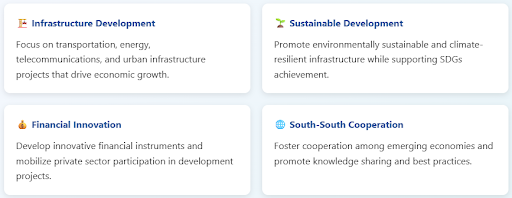
Must Read Articles:
PM Attended BRICS Summit in Russia
Trump Threatens tariffs on BRICS
BRICS Reducing Dollar Dependency
Source:
|
PRACTICE QUESTION Q. The BRICS countries have diverse economic structures and growth trajectories. How does this diversity create challenges for achieving shared goals and cooperation? 150 words |
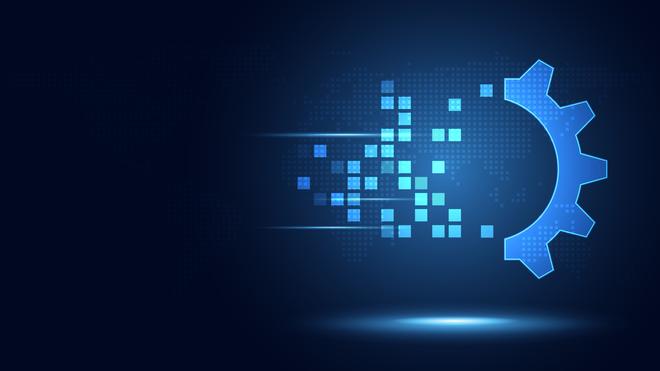
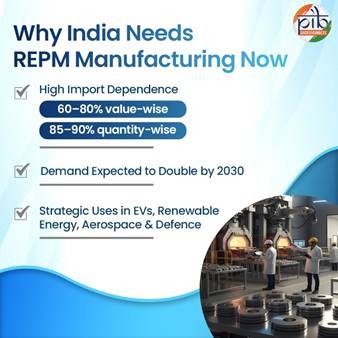
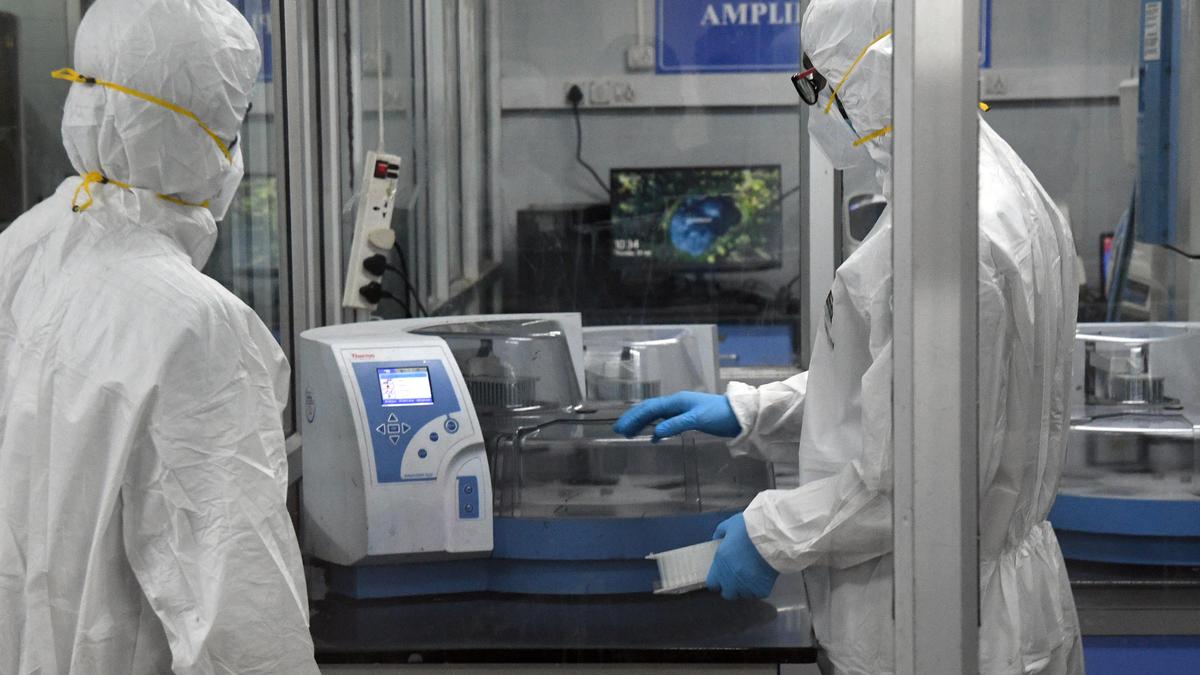

© 2026 iasgyan. All right reserved